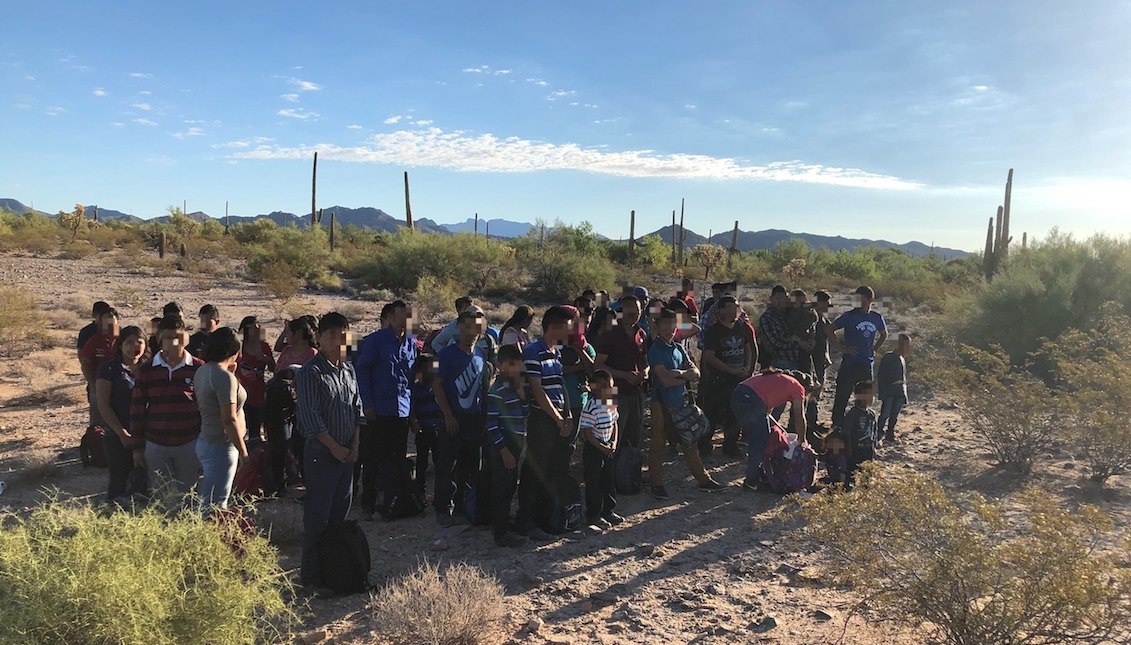
Migration is a business on both sides of the border
The circumstances of Central American countries have frequently been the argument for border crossings. But the reality is much more complex.
After Attorney General Jeff Sessions' zero-tolerance policy failed to deliver the expected results, the U.S. government has decided to increase the number of arrests and litigate legislation that prevents detaining minors for long periods of time, arguing a national "crisis.”
According to the Washington Post, "the number of migrant family members arrested for illegally entering the United States shot up 38 percent in August," according to data published by the Customs and Border Protection Service, and now the entry points have been diversified.
During the past few weeks, border agents in Arizona reported "a long column of Guatemalan migrants, mostly women, and children, trudging through the desert single file as they were taken into custody," Kevin McAleenan, chief border official, told the Post.
The 170 people are part of the latest wave of Central Americans who have tried to enter the country to request asylum. But this time they have done it in Arizona.
During recent days, McAleenan traveled to Guatemala, Honduras, and El Salvador to "seek their governments’ help and bring attention to a migration surge he has declared as 'a crisis.'”
“But instead of quick solutions, his trip mostly highlighted the deep structural forces threatening to send even more migrants north: hunger, joblessness and the gravitational pull of the American economy,” the report continues. "The Trump Administration has already tried to stop them with one of the harshest measures in its toolkit - separating parents from their children - and the strategy failed."
McAleenan agrees with the White House rhetoric that the so-called "legal loopholes" - which President Trump has constantly criticized - are the main attraction of families and immigrants seeking to start from scratch in the United States.
RELATED CONTENT
This has been reflected in the traffic figures across the border. For example, according to data from the Customs and Border Protection Office, the number of Guatemalan family units detained during the last fiscal year has doubled, from 24,657 in 2017 to 42,757 in 2018.
"As a result, transnational criminal organizations are profiting from a billion-dollar human smuggling industry that treats people as disposable commodity," the official told the media.
As community leaders explained to McAleenan during his trip, "smugglers guides charge $10,000 for a trip to the United States, capitalizing on the dysfunction of the American immigration system."
But the migratory phenomenon has its engines on both sides of the border.
Although violence has taken a back seat in the main reasons for the demographic displacement in the area, an article published by the Associated Press reported that the most used weapons in the Central American countries are manufactured in the United States.
According to the report, a study from the University of San Diego in 2013 determined that "the number of firearms smuggled from the United States was so significant that nearly half of American gun dealers rely on that business to stay afloat.”
Approximately 253,000 weapons are purchased annually in the United States for the sole purpose of being shipped to Mexico, the study showed. The weapons then pass into the hands of cartels and gangs throughout the area that, paradoxically, are one of the most important forces that drive people to cross the border.











LEAVE A COMMENT: